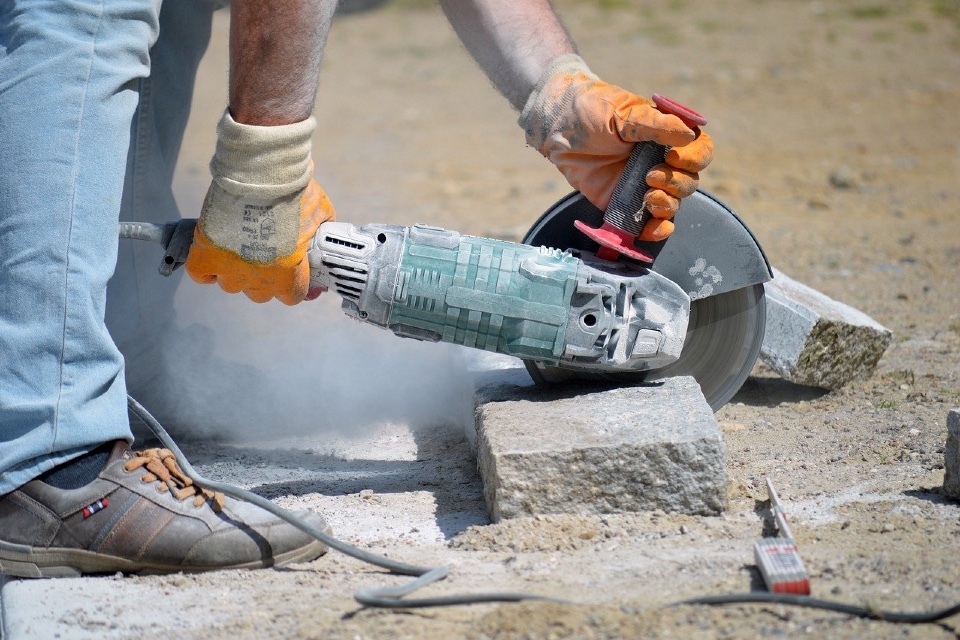Artificial intelligence is making its way into the construction industry, helping to revolutionise the way we build and design.
By harnessing robotics, construction managers can utilise intelligent machines that can perform routine tasks that were once completed by humans, such as bricklaying.
Alternatively, AI systems can collate and organise information for engineers to use within project planning and design implementation.
AI utilisation
The way we use artificial intelligence is spread into four areas. Together with Oasys, specialists in building design software, we assess the way the construction industry is starting to use AI in order to complete projects that contain fewer errors, less omissions, safer working practices, improved workflows, and more on-time worksite completions.
The planning processes
At the beginning of any construction, it must be planned thoroughly, and artificial intelligence is helping achieve this. Autonomous equipment is considered AI, as it is aware of its surroundings and is capable of navigation without human input. In the planning stages, AI machinery can survey a proposed construction site and gather enough information to create 3D maps, blueprints and construction plans.
This was previously a process that took weeks, but through the use of AI it can now be completed within one day. This helps to save firms both time and money in the form of labour.
AI taking on a management role
Managing and controlling projects from an AI perspective is now being put into place when construction begins. For example, workers can input sick days, vacancies and sudden departures into a data system and it will adapt the project accordingly. The AI will understand that the task must be moved to another employee and will do so of its own accord.
AI advice
With this technology being more advanced, it’s beginning to advise engineers on how to complete specific tasks that they might face within the construction phase. For example, if engineers were working on a proposed new bridge, AI systems would be able to advise and present a case for how the bridge should be constructed. This is based on past projects over the last 50 years, as well as verifying pre-existing blueprints for the design and implementation stages of the project. By having this information to hand, engineers can make crucial decisions based on evidence that they may not have previously had at their disposal.
Autonomous equipment is becoming more popular and the construction industry is taking full advantage of this — allowing vehicles to operate independently when at certain heights. Using sensors and GPS, the vehicle can calculate the safest route.
AI inside
Don’t just think that AI is only used to make the building, it can actually be implemented inside, too. In the US alone, $1.5 billion was invested in 2016 by companies looking to capitalise on this growing market.
Wynn, a hotel chain, said that it wanted to introduce the Amazon Echo into every room of its Las Vegas hotel to improve customer experience by the end of 2017. These devices can be used for aspects of the room such as lighting, temperature and any audio-visual equipment contained in the room. These systems can also be used within domestic settings, allowing homeowners to control aspects of their home through voice commands and systems that control all electronic components from one device.
BIM — Building Information Modelling
Building Information Modelling is a feature that holds information about the entire building, from the construction to if it ever got demolished. From this, you will be able to see decisions about the building that were said by management that will be a good reference for any future work.
Virtual assistants (VAs) are good for creating conversation but also for gathering the information that you need. By combining VAs alongside NFC (near-field communication), VAs can receive additional information about the building in real-time from various sensors in the building. For example, if there were structural problems with a building, then VAs could inform engineers specifically where the problem is and how it can be fixed.
Making savings is essential for any business, and artificial intelligence and virtual assistants are helping to achieve this. As the future of AI becomes more of a reality within construction, only time will tell how reliant on intelligent machines we will have to be in order to construct innovative building designs.









